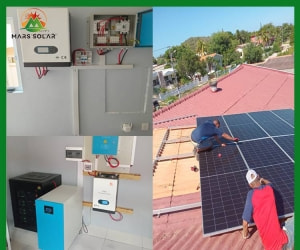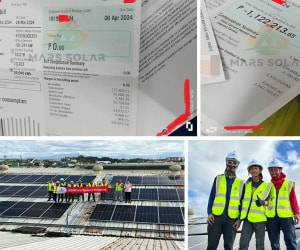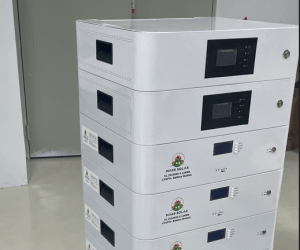As a major hydropower country, Brazil's hydropower installed capacity accounts for nearly 80% of the total renewable energy power installed capacity so far. With the rapid economic growth and the impact of the drought this year, Brazil's energy supply has tightened, and both coal and natural gas need to be imported in large quantities. In this context, wind power and Solar Home Electricity have become the best options for Brazil to reduce its dependence on fossil energy.
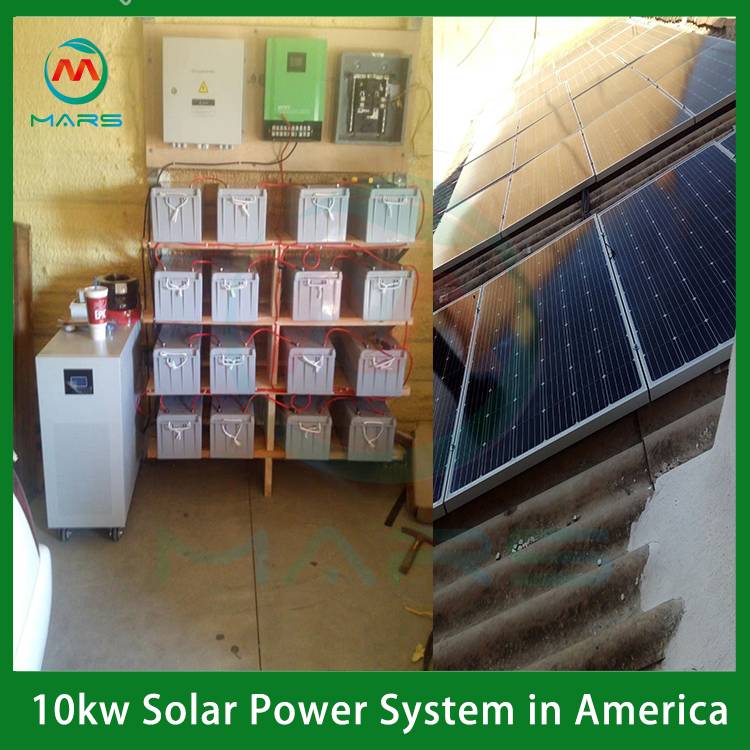
Inspired by the mid- to long-term emission reduction targets and the continuous improvement of renewable energy competitiveness, Brazil has had a strong willingness to develop renewable energy in recent years. A few days ago, Brazilian energy regulatory agency Aneel approved a new regulation for multi-energy complementary power stations, hoping to promote the development of renewable energy represented by wind power and photovoltaic power through continuous improvement of relevant laws and regulatory systems.
New regulations promote clean energy development
It is reported that the new bill released by Brazil first defines the range of energy types for multi-energy complementary power stations, clearly supports power stations with wind power and photovoltaic power generation as the main energy type, and allows the addition of hydropower and thermal power plants to encourage the synergy of different energy combinations Development has prompted Brazil to make better use of renewable energy.
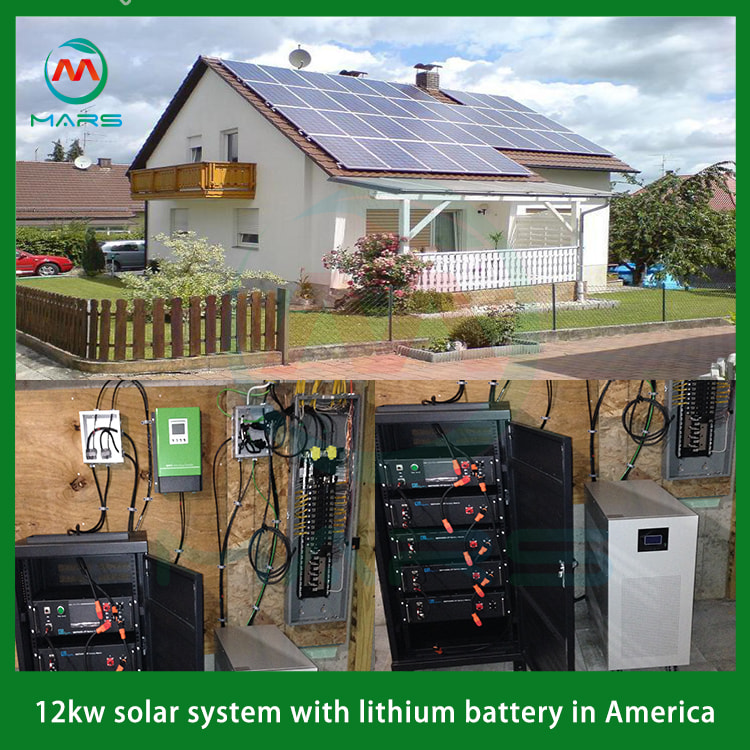
In addition, the new bill also promulgated the electricity price setting mechanism for such power stations, grid access thresholds, rules for signing electricity sales contracts, network fees, and related preferential tax policies.
It is understood that as early as 2017, Brazilian public utilities began the exploration of multi-energy complementary power stations. Since then, some small demonstration projects have been put into operation. And just before Aneel approved the new bill, a batch of multi-energy complementary power plants based on wind power and photovoltaic power generation were still under construction.
Aneel pointed out that investing in the construction of multi-energy complementary power stations can coordinate the planning of wind power, photovoltaic and other renewable energy power stations, effectively solving the problem of excessively large area of power stations due to decentralization and other reasons, saving land and other non-technical costs, and also saving power transmission. The construction cost of the network reduces the risk of power plant operators.
Elisa Bastos, head of Aneel, said: “The promulgation of the new bill can be seen as a milestone in the development of Brazil’s multi-energy complementary power stations. It provides a theoretical framework for the industry and ensures that investors, constructors, and operators have a clear understanding and strategy. Significance. Multi-energy complementary power stations integrate different types of energy, which can reduce grid-related investments and increase the diversity of renewable energy technologies."
-
 Solar PV System Expansion: Compatibility, Efficiency & Implementation Guide1. Background and Necessity Early-installed PV systems generally fail to meet the growing energy demands of modern households and enterprises. Compared with replacing the entire system, expansion is a more economical option—but the core question
Solar PV System Expansion: Compatibility, Efficiency & Implementation Guide1. Background and Necessity Early-installed PV systems generally fail to meet the growing energy demands of modern households and enterprises. Compared with replacing the entire system, expansion is a more economical option—but the core questionDo you like ?0
Read more -
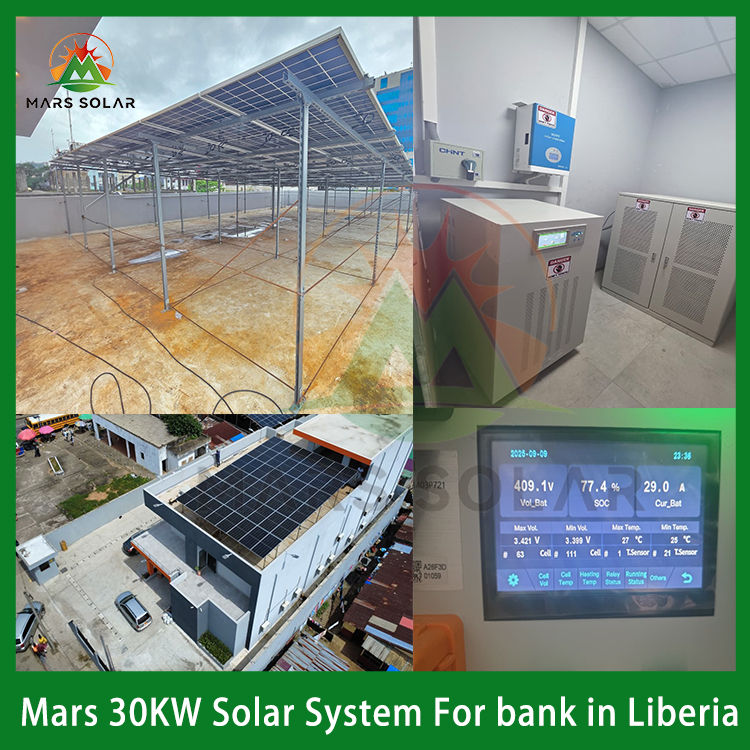 Customized Off-Grid Solar System for a Liberian Bank: Achieving Power IndependenWhen Banks Face the Challenge of "Grid Power Outages and Voltage Fluctuations": A Real-World Solution from Liberia In scenarios where the power grid is unstable and manual intervention is difficult, how to ensure the 24/7 stable operation
Customized Off-Grid Solar System for a Liberian Bank: Achieving Power IndependenWhen Banks Face the Challenge of "Grid Power Outages and Voltage Fluctuations": A Real-World Solution from Liberia In scenarios where the power grid is unstable and manual intervention is difficult, how to ensure the 24/7 stable operationDo you like ?0
Read more -
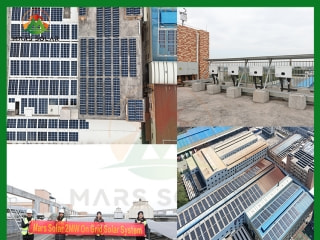 2MW Solar Panel System For Factory2MW mars solar grid-tied solar panel system for factory have designed, produced, and installed in a factory.How does Mars Solar build such a solar panel system for factory? 1. Data collection Before designing the plan, the factory owner vi
2MW Solar Panel System For Factory2MW mars solar grid-tied solar panel system for factory have designed, produced, and installed in a factory.How does Mars Solar build such a solar panel system for factory? 1. Data collection Before designing the plan, the factory owner viDo you like ?0
Read more -
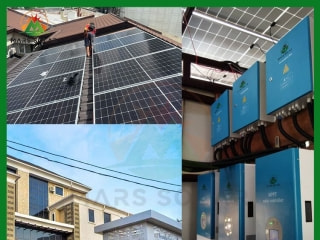 100KW Solar For Hotels And Resorts In NigeriaIn December 2024, the Mars Solar 100KW Nigeria solar for hotels and resorts project was successfully completed. In May 2024, the customer contacted Mars solar and had a series of communications on the solar for hotels and resorts project. The d
100KW Solar For Hotels And Resorts In NigeriaIn December 2024, the Mars Solar 100KW Nigeria solar for hotels and resorts project was successfully completed. In May 2024, the customer contacted Mars solar and had a series of communications on the solar for hotels and resorts project. The dDo you like ?0
Read more -
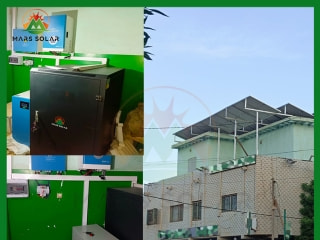 Reliable Energy Solutions for a Mali Pharmacy: 15KW Solar System Success StoryIn the heart of Mali, reliable electricity is a significant challenge, with power coming on for just 2 hours and then cutting off for 4 hours multiple times a day. This erratic power supply is particularly problematic for businesses that depend on consist
Reliable Energy Solutions for a Mali Pharmacy: 15KW Solar System Success StoryIn the heart of Mali, reliable electricity is a significant challenge, with power coming on for just 2 hours and then cutting off for 4 hours multiple times a day. This erratic power supply is particularly problematic for businesses that depend on consistDo you like ?0
Read more -
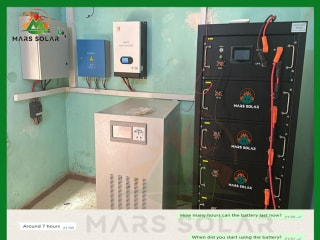 Harnessing the Sun: A Sustainable Solution for Abou's Family in MaliIn the heart of Mali, families like Abou's face daily challenges with electricity access, enduring power outages that can last up to 12 hours. To combat this, Abou relies heavily on a diesel generator to power his home, which includes essential applia
Harnessing the Sun: A Sustainable Solution for Abou's Family in MaliIn the heart of Mali, families like Abou's face daily challenges with electricity access, enduring power outages that can last up to 12 hours. To combat this, Abou relies heavily on a diesel generator to power his home, which includes essential appliaDo you like ?0
Read more

